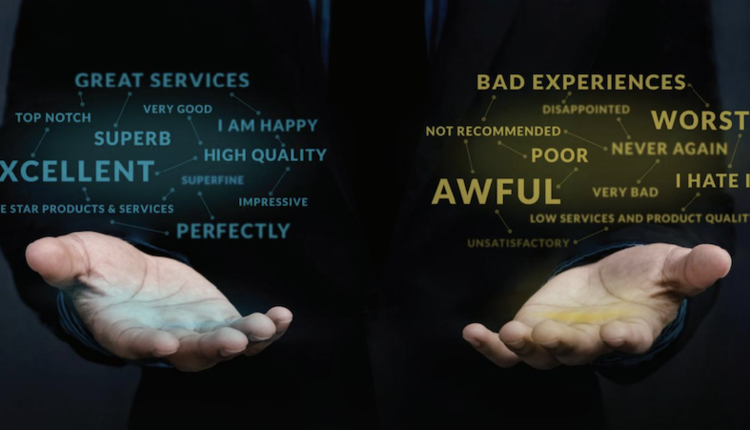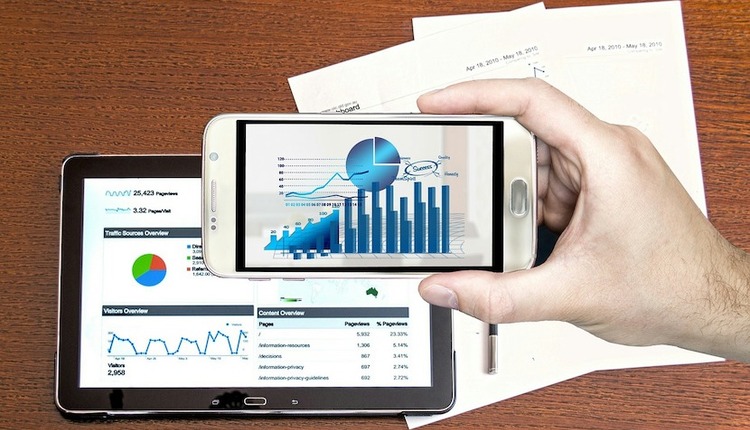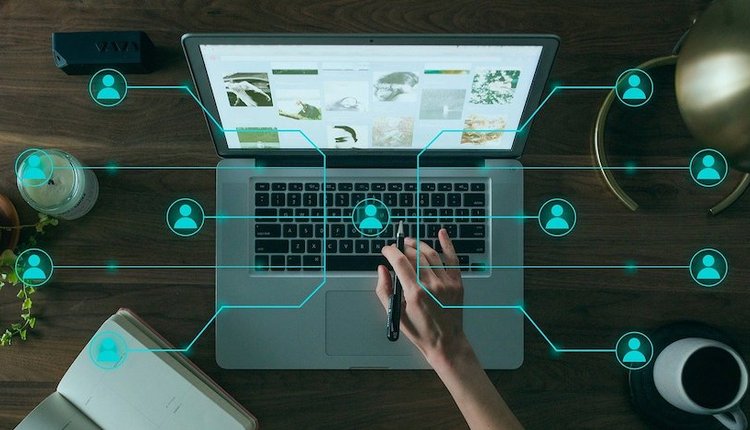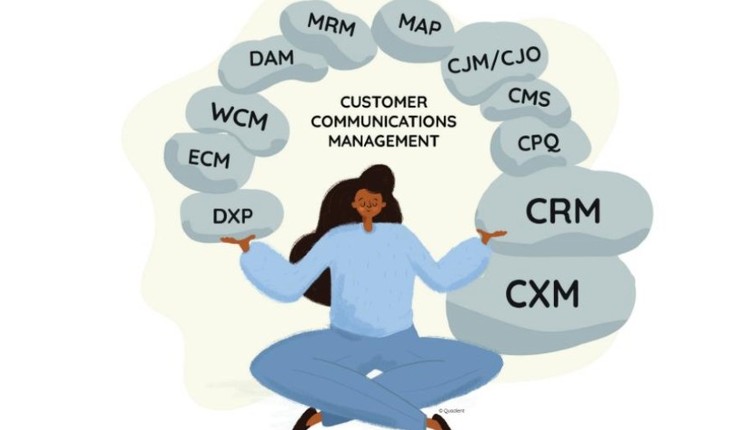
According to Forrester, it’s the “Age of the Customer.” In 2014, Gartner predicted that 25% of large global organizations would have appointed a chief data officer (CDO) by 2015. Many organizations are starting to take this a step further, moving focus from the data to the customer’s experience and appointing a chief experience officer (CXO).
All of these changes signify that companies are on the cusp of delivering dramatically improved customer experiences. That is a good thing. However, these new CXOs and CDOs are realizing that there are many moving parts required to support an excellent customer experience. In fact, there are probably too many moving parts to be sustainable.
Over the years, new technology has been acquired by organizations on a project-by-project, channel-by-channel basis. The maintenance and subscription fees are surprisingly immune to debate during the budgeting process. This status quo mentality causes key pieces of technology to escape the scrutiny you would expect in a time of rapid change. Once a system is installed, it often avoids having to prove performance, because it is viewed as “infrastructure.” We need to change that and consider technology maintenance investments in terms of return on maintenance (ROM).
ROM is not a common key performance indicator. In fact, the notion is very scary to most software providers. Software maintenance is often viewed as “support costs,” “infrastructure” or “insurance” instead of a critical engine for the customer experiences that your business delivers to clients. ROM (or subscription) is expressed in the amount of benefit you receive compared with the amount of money you pay over time for maintenance services. Today, many technology providers aren’t delivering the return you deserve. An industry average for software maintenance is about 20% per year of the original purchase price. Of course, individual agreements vary, but let’s use the 20% number to explore this topic.
So, after five years, you have paid an amount equal to your initial purchase price for maintenance, which generally comes with upgrades and support. After the first 24 months, your business is probably pretty comfortable with the software’s operation. During these first 24 months, the value of maintenance is largely provided by support. After your system is up and running, you and your teammates know the application’s boundaries, and you encounter few surprises. The ROM is high for the first 24 months, when uptime and time to value are the benchmarks.
After this period, the ROM needs to deliver a high value through the technology’s increased capabilities that provide continued benefits to your business. To look at this, you have to examine the frequency of the upgrade releases and the amount of value in those releases:
- Vendors that have major upgrade cycles longer than 24 months deliver a lower ROM, because they take more maintenance dollars to deliver an upgrade. This results in low innovation delivered to you and allows your competitors to overtake you.
- Vendors that deliver few innovative features for on-maintenance clients deliver a lower ROM, because the maintenance is not translating into useable improvements. Incremental innovations that don’t help your business present a low ROM.
- Vendors that will reinvest into the continuous improvement of the solution at market speed offer a high ROM, as opposed to vendors who pay millions to create and air crazy commercials, which may give you a low ROM.
- Vendors that apply large percentages of maintenance toward new product innovation deliver a lower ROM, because the value they create requires additional purchases to access. This is the worst situation for your business, as you are paying to develop a solution you will also have to pay to use.
As CXOs and CDOs create a picture of a multi-channel business with holistic communication capabilities, you will have opportunities (or requirements) to rationalize a technology portfolio that is capable of delivering a new vision of communication. As the organization’s map of communications develops, you will undoubtedly find multiple pieces of redundant technology. You should judge the ROM for each one of them as you consider the speed and scale at which the CXO wants to improve your business's ability to communicate. These trends will ultimately lead to software consolidation that will positively affect your projects. You have time now to innovate while reducing long-term operating costs.
This transformation process will reach into projects you work on every day. You are probably a key stakeholder in one or more of these touchpoints. You need to be prepared to argue for a strong and steady ROM from your technology vendors. Talking about ROM moves the discussion beyond return on investment and ensures that your software vendor is committed to delivering innovation over a long period of time.
To ensure a high ROM:
- Ask how much investment is dedicated toward new functions for existing products.
- Ask how much this represents in terms of a percentage of innovation.
- Ask about the ratio between support staff and innovation-focused engineers.
Scott Draeger is vice president of product management at GMC Software Technology, a provider of multi-channel and highly personalized document outputs for customer communications management. For more information, visit www.gmc.net or follow him on Twitter @scottdraeger.

















